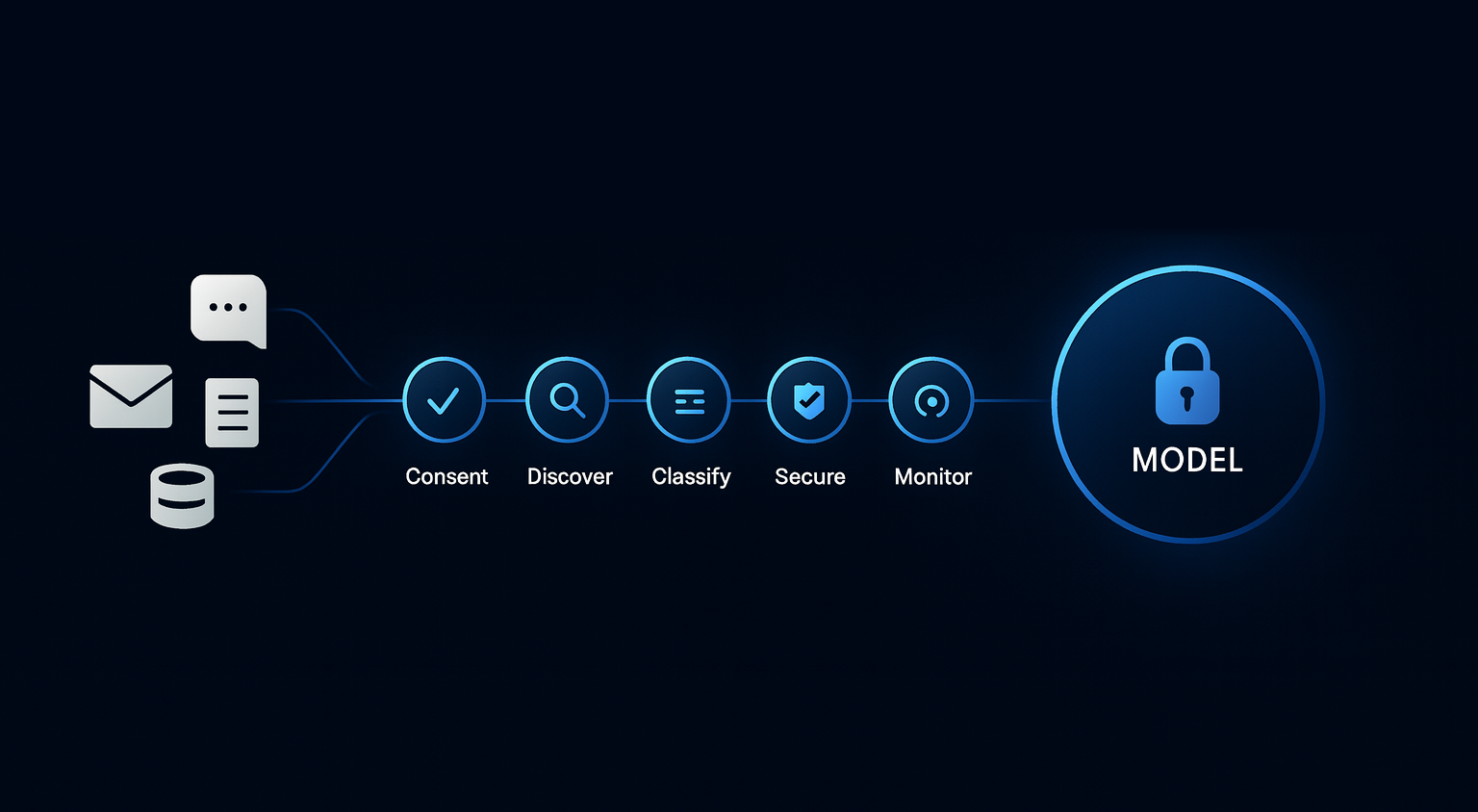
The Blind Spots Haven’t Disappeared
PII and PHI rarely sit neatly in columns. They leak into emails, tickets, chat logs, free-text notes, forgotten backups, and shadow exports. Even with policies or masking, gaps remain. And “linkers” like timestamps, device IDs, and store numbers can quietly re-identify people.
AI Multiplies the Blast Radius
When unprotected data feeds a model, it isn’t just stored, it’s learned. Patterns you never meant to expose can resurface in outputs or embeddings. Once sensitive data is in the weights, you can’t simply delete it. Shortcuts tolerated in legacy systems become accelerants for risk in AI.
What “Smarter Privacy” Looks Like
- Discover everywhere. Go beyond schemas to scan free text, files, logs, and vector stores.
- Classify with context. Identify obvious identifiers and the linkers that stitch identities back together.
- Enforce consent at ingestion. Track purpose, scope, and retention—and block out-of-policy uses.
- Hold the line at model boundaries. Keep raw fields on the safe side of embedding/retrieval.
- Monitor continuously. Validate inputs and filter outputs before they reach users.
Guardrails for the Pipeline
- Inventory & map: Find PII/PHI across data stores, notes, and backups.
- Rank sensitivity & impact: Prioritize what the model can safely see.
- Neutralize linkers: Tokenize, mask, or drop fields that enable re-ID.
- Consent & lineage: Bind datasets to purpose and prove you’re allowed to use them.
- Pre-train review: Block risky fields before training or indexing.
- Runtime filters: Add output checks to prevent unintended disclosure.
